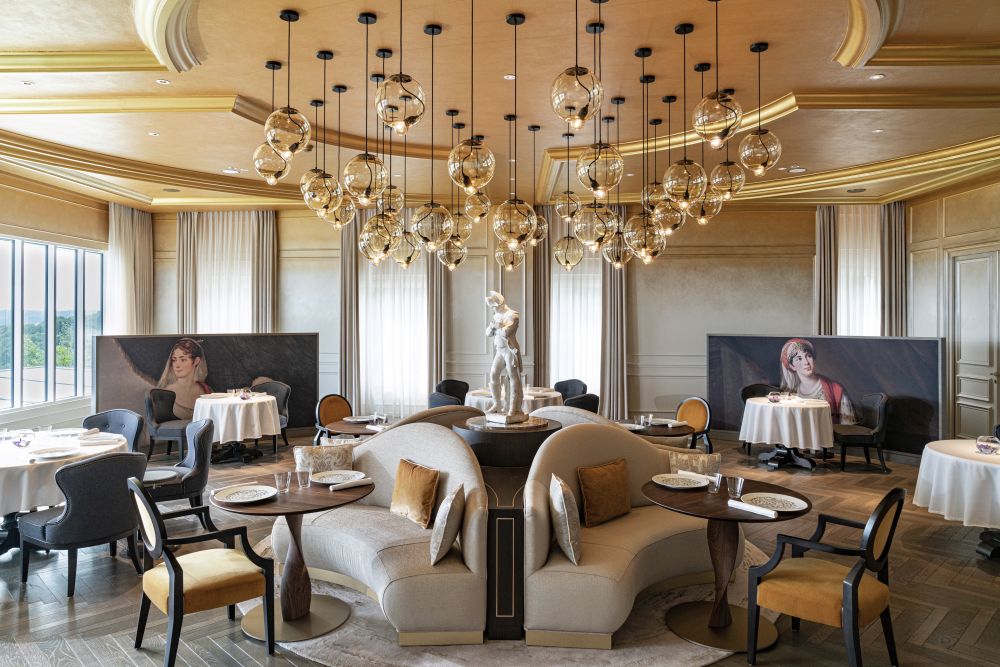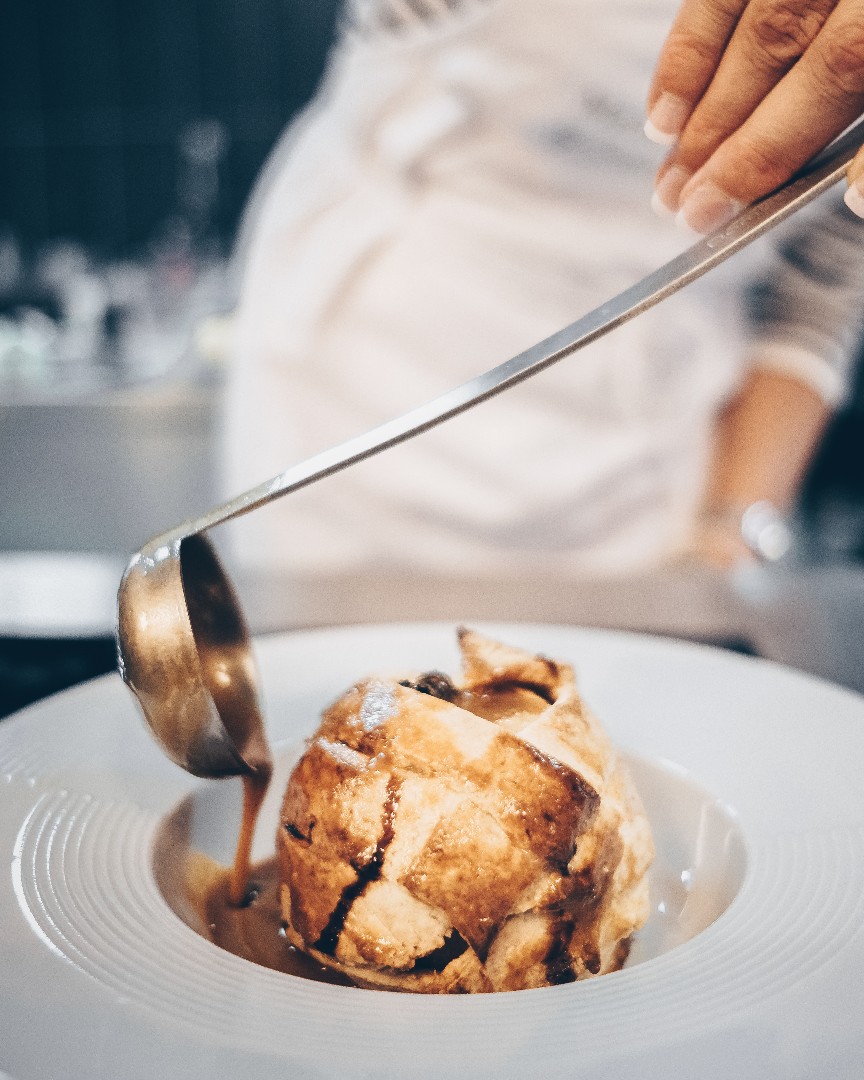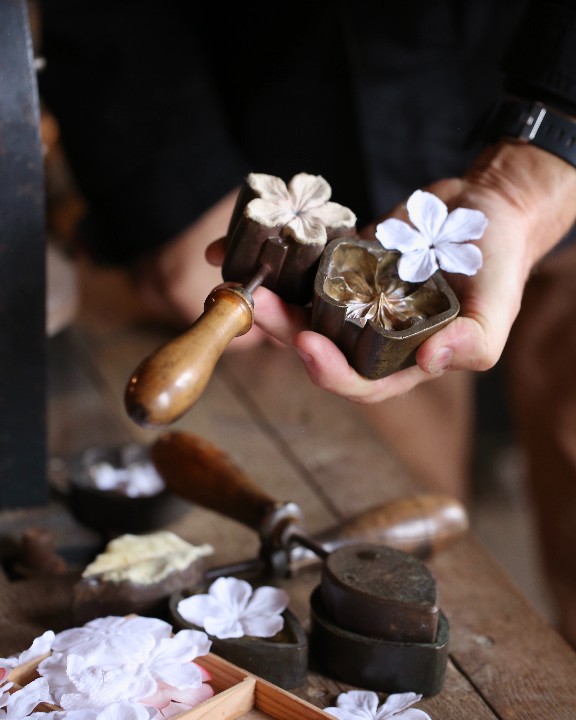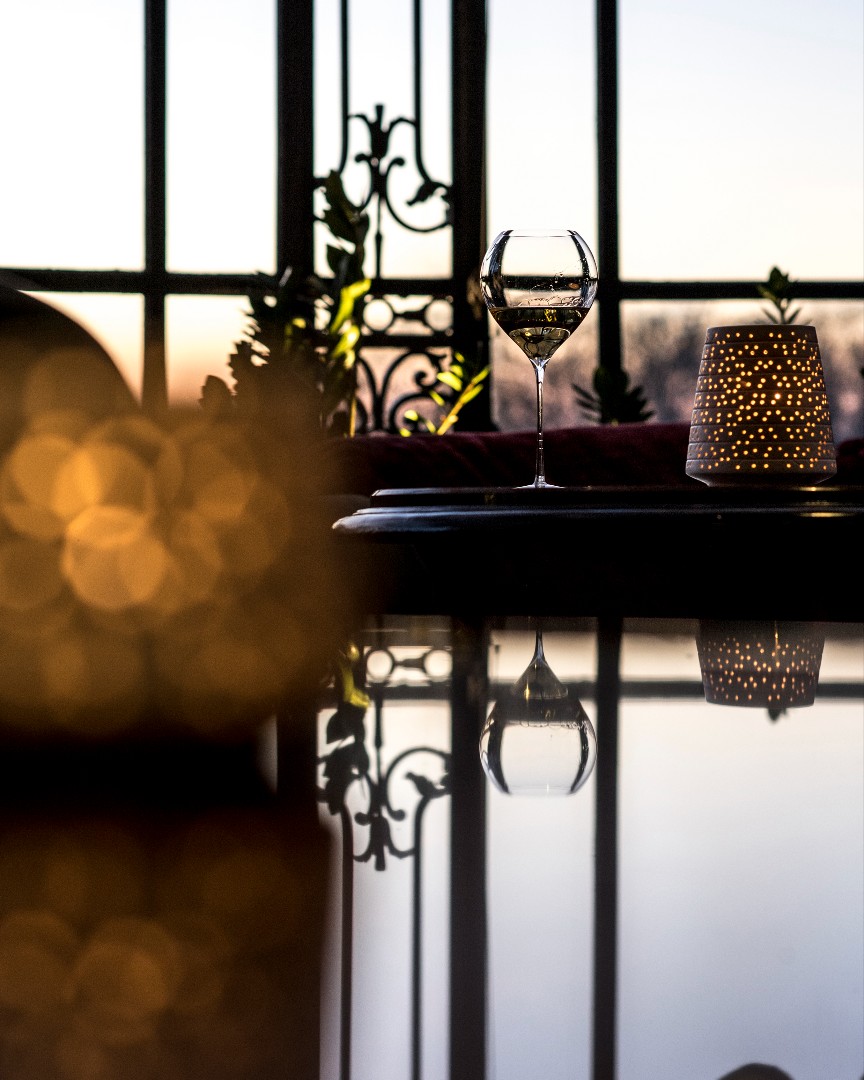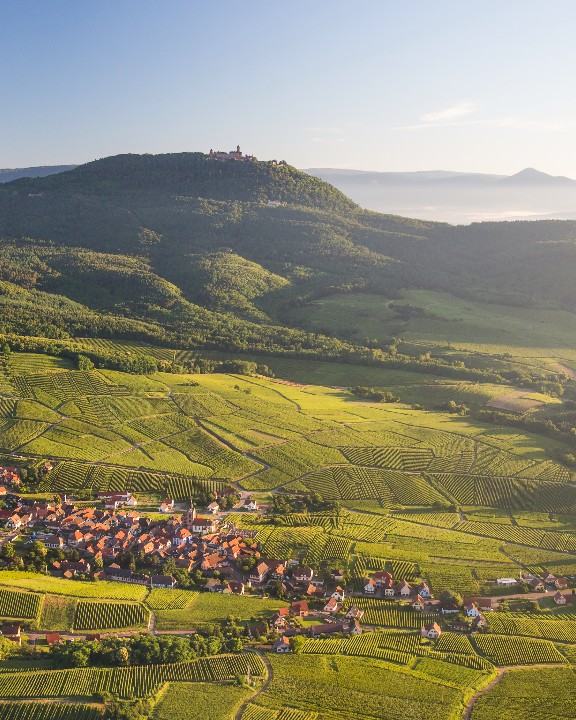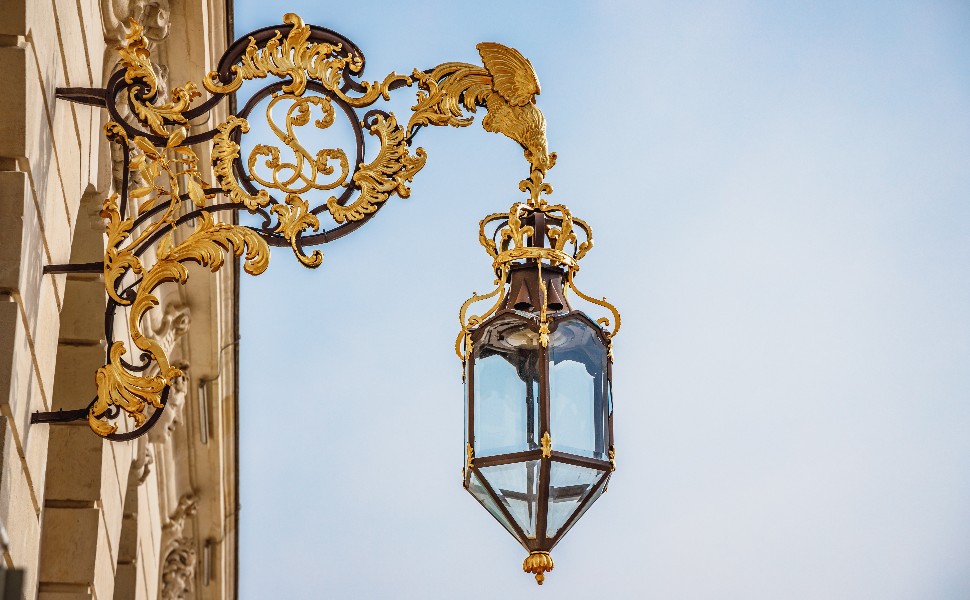
Strolling through narrow, picturesque streets, scaling the ramparts of military strongholds, marvelling at splendid churches, exploring beautiful vineyards… This region is home to centuries of history marching through iconic sites.
The French capital of Art Nouveau, Nancy stands out for its superb 18th-century architecture. Part of UNESCO's World Heritage since 1983, it also offers the Squares of Alliance, La Carrière, and Stanislas. Testifying to a rich past, this monumental urban area is the work of architect Emmanuel Héré, meeting the request of Stanislas Leszczynski, Duke of Lorraine and ex-King of Poland, who wanted to unite the city, once split in two. An esthetic achievement drawing millions of visitors each year. And rightly so! On streets steeped in history, visitors admire the finesse of wrought-iron scrollwork with gold leaf on balconies, finely sculpted details, and allegorical figures on façades and roofs.
The Alsatian city of Strasbourg also brims with gems. A prime example, its historic centre, the Grande Île, listed in 1988, was the first French town to join the World Heritage as an urban area. With its Notre-Dame Cathedral, cobbled streets, and half-timbered houses, it proudly asserts its medieval allure. The Neustadt, or "new town", built under the German empire, joined UNESCO's listing in 2017, symbolizing the tie between French culture and Germanic heritage in the capital of Europe.
Further south, Sélestat is also worth a detour. A listed Town of Art and History, this pretty commune in Alsace hosts the Humanist Library in UNESCO's Memory of the World Programme, containing a collection of works by Beatus Rhenanus.
In Reims, the Notre-Dame Cathedral, home to coronations of French kings, reveals itself in all its glory. Its architecture, 2,303 statues, and remarkable stained-glass windows signed Marc Chagall in collaboration with master glassmakers from the Atelier Simon-Marq, make it a real masterpiece, listed in 1991. As were the ancient Abbaye Saint-Remi and Palais du Tau, completing this ensemble closely linked to the region's past.
In Châlons-en-Champagne, the Notre-Dame de l'Épine Basilica, a gem of Gothic flamboyance, proposes unique sculpted decors and gargoyles. The Church of Notre-Dame-en-Vaux then presents its superb stained-glass windows from the 12th-19th centuries. These two exceptional sites have been recognized since 1998 as sanctuaries on the Path of Saint-Jacques-de-Compostelle.
Alsace also hosts a rich military heritage. The last stronghold designed by the French genius Vauban, the star-shaped Neuf-Brisach Citadel is a perfect illustration. Its fortifications, along with those of the town of Longwy, have been listed since 2008. This little town in Meurthe-et-Moselle is also renowned for its pottery, the Manufacture des Émaux de Longwy, perpetuating ancestral know-how since 1798.
The Grand Est boasts one of the region's, and Europe's, most important vineyards. Champagne Hillsides, Houses, and Cellars, symbols of the excellence of the French wine-making tradition, joined UNESCO's World Heritage in 2015 in the Cultural Landscapes category. From the Saint-Nicaise Hill in Reims to the Avenue de Champagne in Épernay via the hillsides of Cumières and Mareuil-sur-Aÿ, these sites reveal production secrets of the famous champagne.
To contact the Agence Régionale du Tourisme Grand Est, click on the bell


